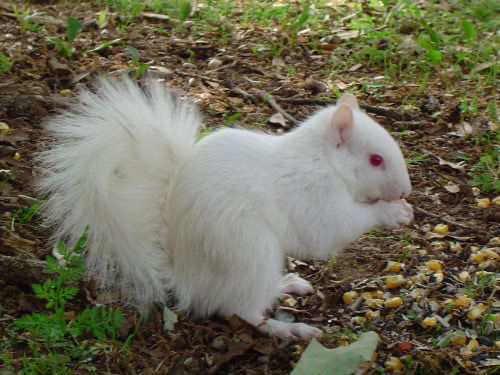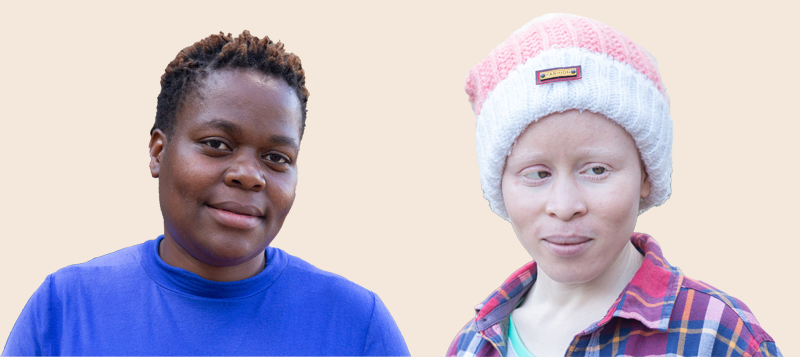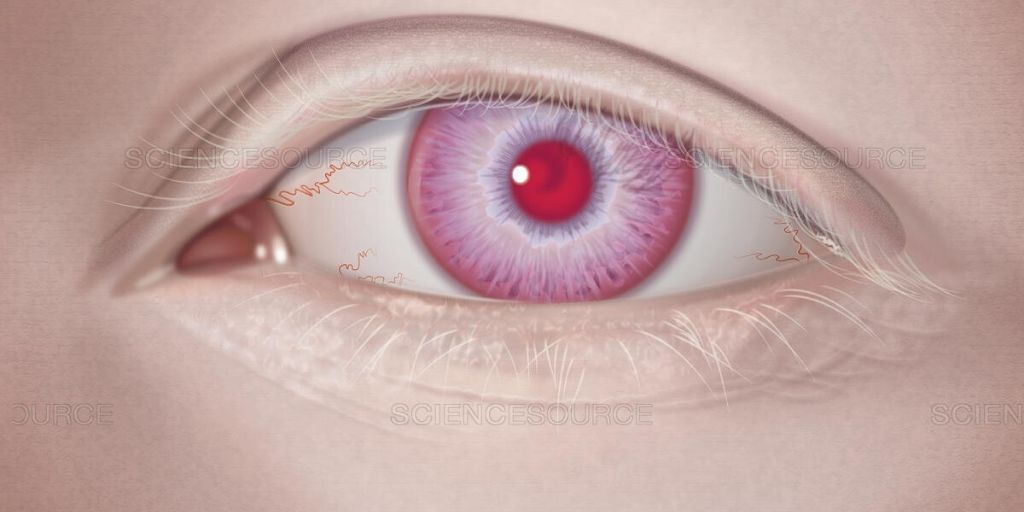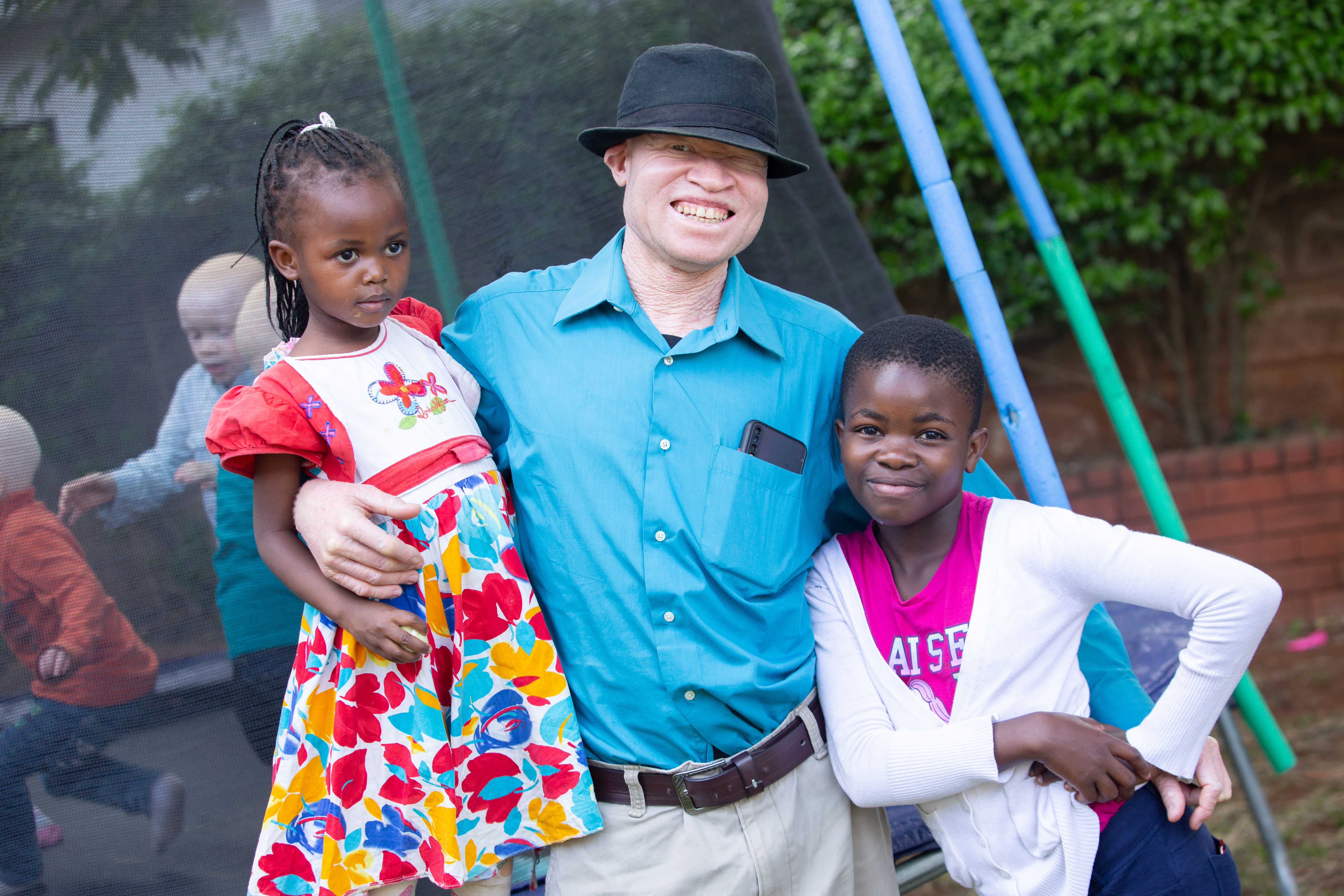The Science of Albinism: Understanding the Genetic Basis in the Wake of Climate Change.
The Science of Albinism is a fascinating field that delves into the genetic basis of this rare condition and how it affects the body. Albinism, characterized by a lack of melanin, the pigment that gives colour to our skin, hair, and eyes, leads to a range of physical challenges, such as increased susceptibility to skin cancer and vision problems. These challenges are already significant in themselves but with the added pressure of climate change, it becomes more pressing to understand the genetic basis of albinism and the ways to mitigate and adapt to these challenges. In this article, we will explore the genetic basis of albinism, the physical and visual challenges it poses.
Etymology: The emergence of the word Albinism.
The term "albinism" comes from the Latin word "albus," meaning white. The condition was first described in medical literature in the 18th century and was originally used to describe a complete lack of pigmentation. However, as research progressed, it became clear that there are different types of albinism with varying degrees of pigmentation. Despite this, the term "albinism" has remained in use to describe the condition and its various forms. It's also worth mentioning that the word albinism might have a negative connotation in some cultures and communities, as it is associated with negative stereotypes and discrimination. Therefore, it's important to use the appropriate terminology and respect the self-identification of people with albinism.
Albinism prevalence.

Albinism occurs in all racial and ethnic groups worldwide, however, the prevalence of albinism varies considerably between different populations. In Africa, albinism is thought to be relatively more common than in other parts of the world, with estimates suggesting that the prevalence of albinism in some sub-Saharan African countries may be as high as 1 in every 15,000 individuals.
It is worth mentioning that Albinism is not only a human condition, it also affects animals including some species of fish, birds, reptiles and mammals. The East Africa region is one of the highest prevalence regions of albinism in the world, particularly in countries like Tanzania, Uganda and Kenya. According to some studies and reports, the estimated prevalence of albinism in Tanzania is around 1 in every 1,400 people.
In Kenya, the prevalence of albinism is relatively low compared to other East African countries. According to the 2019 Kenya Population and housing census, Kenya has around a total number of 10,000 people with albinism. This rarity in Kenya and other parts of Africa exacerbates challenges such as social stigma and discrimination.
Defining Albinism.
Albinism affects the production of melanin, the pigment that color's skin, hair and eyes. It's a lifelong condition, but it does not get worse over time. People with albinism have a reduced amount of melanin, or no melanin at all. This can affect their coloring and their eyesight. People with albinism often have white or very light blonde hair, although some have brown or ginger hair. The exact colour depends on how much melanin their body produces. Very pale skin that burns easily in the sun and does not usually tan is also typical of albinism.</span>

Albinism and the eye.
The reduced amount of melanin can cause eye problems. This is because melanin is involved in the development of the retina, the thin layer of cells at the back of the eye.
Possible eye problems linked to albinism include:
poor eyesight either short-sightedness or long-sightedness, and low vision (sight loss that cannot be corrected.
Astigmatism – where the cornea (clear layer at the front of the eye) is not perfectly curved or the lens is an abnormal shape, causing blurred vision.

Photophobia – where the eyes are sensitive to light.
Nystagmus – where the eyes move involuntarily from side to side, causing reduced vision; you do not see the world as "wobbling" because your brain adapts to your eye movement.
Squint – where the eyes point in different directions. Some young children with albinism may appear clumsy. This is because problems with their eyesight can make some movements difficult for them, such as picking up an object. This should improve as they get older.
How albinism is passed.
There are 2 main types of albinism namely: Oculocutaneous albinism (OCA) – this is the most common type, affecting the skin, hair and eyes and Ocular albinism (OA) – a rarer type that mainly affects the eyes.
Autosomal recessive inheritance.
In all types of OCA and some types of OA, albinism is passed on in an autosomal recessive inheritance pattern. This means a child has to get 2 copies of the gene that causes albinism (1 from each parent) to have the condition. If both parents carry the gene, there's a 1 in 4 chance that their child will have albinism and a 1 in 2 chance that their child will be a carrier. Carriers do not have albinism but can pass on the gene.

X-linked inheritance.
Some types of OA are passed on in an X-linked inheritance pattern. This pattern affects boys and girls differently: girls who get the albinism gene become carriers, while boys who get it will have albinism.
When a mother is a carrier of an X-linked type of albinism, each of her daughters has a 1 in 2 chance of becoming a carrier. Each of her sons has a 1 in 2 chance of having albinism.
When a father has an X-linked type of albinism, his daughters will become carriers, and his sons will not have albinism and will not be carriers.
Diagnosing albinism.
Albinism is usually obvious from a baby's appearance when they're born. A baby's hair, skin and eyes may be examined to look for signs of missing pigment. As albinism can cause a number of eye problems, a baby may be referred to an eye specialist (ophthalmologist) for tests.
In conclusion,
Understanding the genetic basis of albinism is essential to better mitigate the physical and visual challenges that people with albinism face. Climate change adds an extra layer of complexity to this, making it even more pressing to understand how to adapt and protect people with albinism. The challenges of albinism are not only physical but also social, cultural and economic. It's important to raise awareness and promote education on the topic to reduce discrimination and marginalisation of people with albinism.